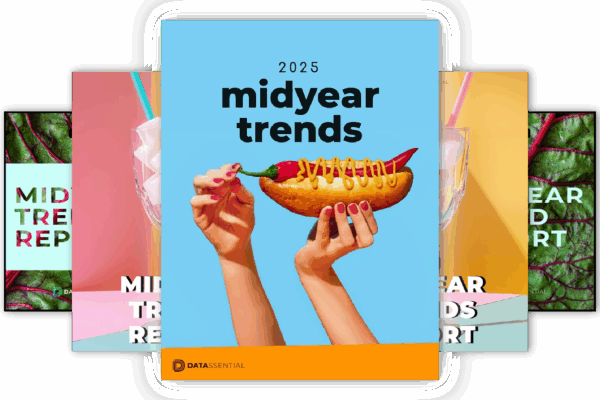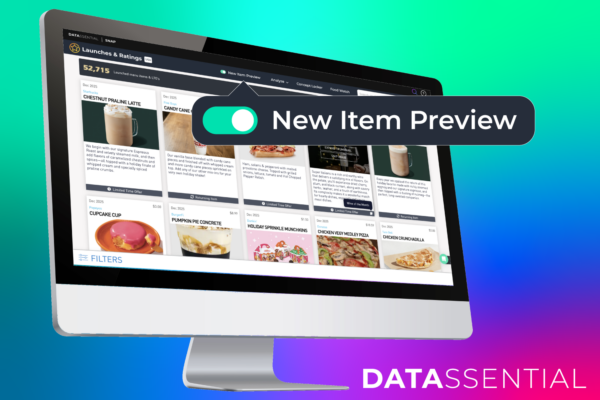CHICAGO, July 14, 2025 — Seismic shifts are redefining what’s on restaurant and retail menus — and how much of it people are ordering. Datassential, the global leader in food and beverage intelligence, has released its 2025 Midyear Trends Report, spotlighting the major forces reshaping food culture, from the growing impact of weight loss medications, concerns ultra-processed foods, tariffs and more.
The report also takes a look at the emerging trend of whimsical restaurant design, plus offers a sneak peek at a trio of trends for 2026.
Datassential unpacks the data behind each, offering foodservice brands the insights they need to make sense of the chaos — and turn disruption into opportunity.
 EN | English UK
EN | English UK DE | Deutsch
DE | Deutsch FR | Français
FR | Français IT | Italiano
IT | Italiano SP | Español
SP | Español










